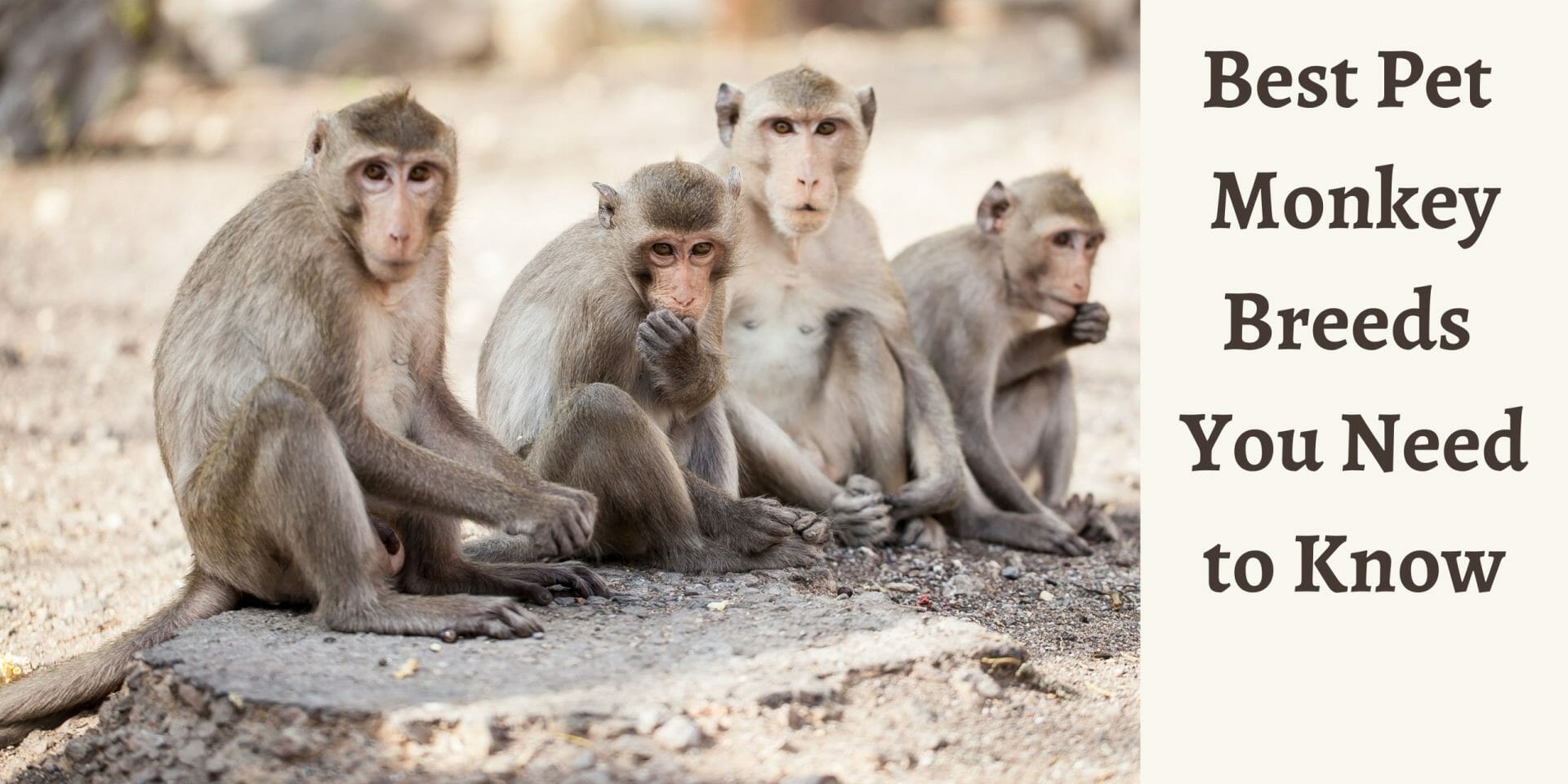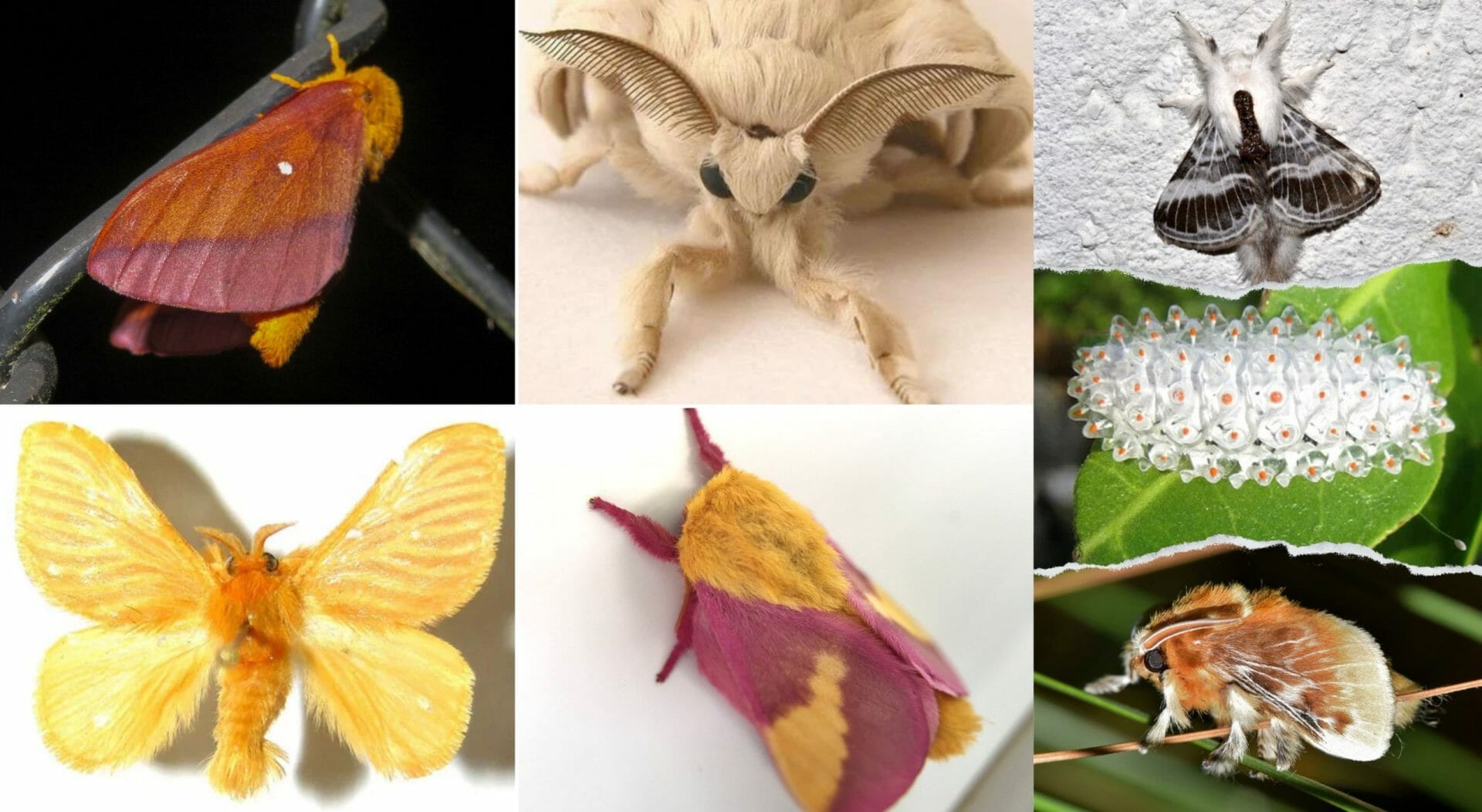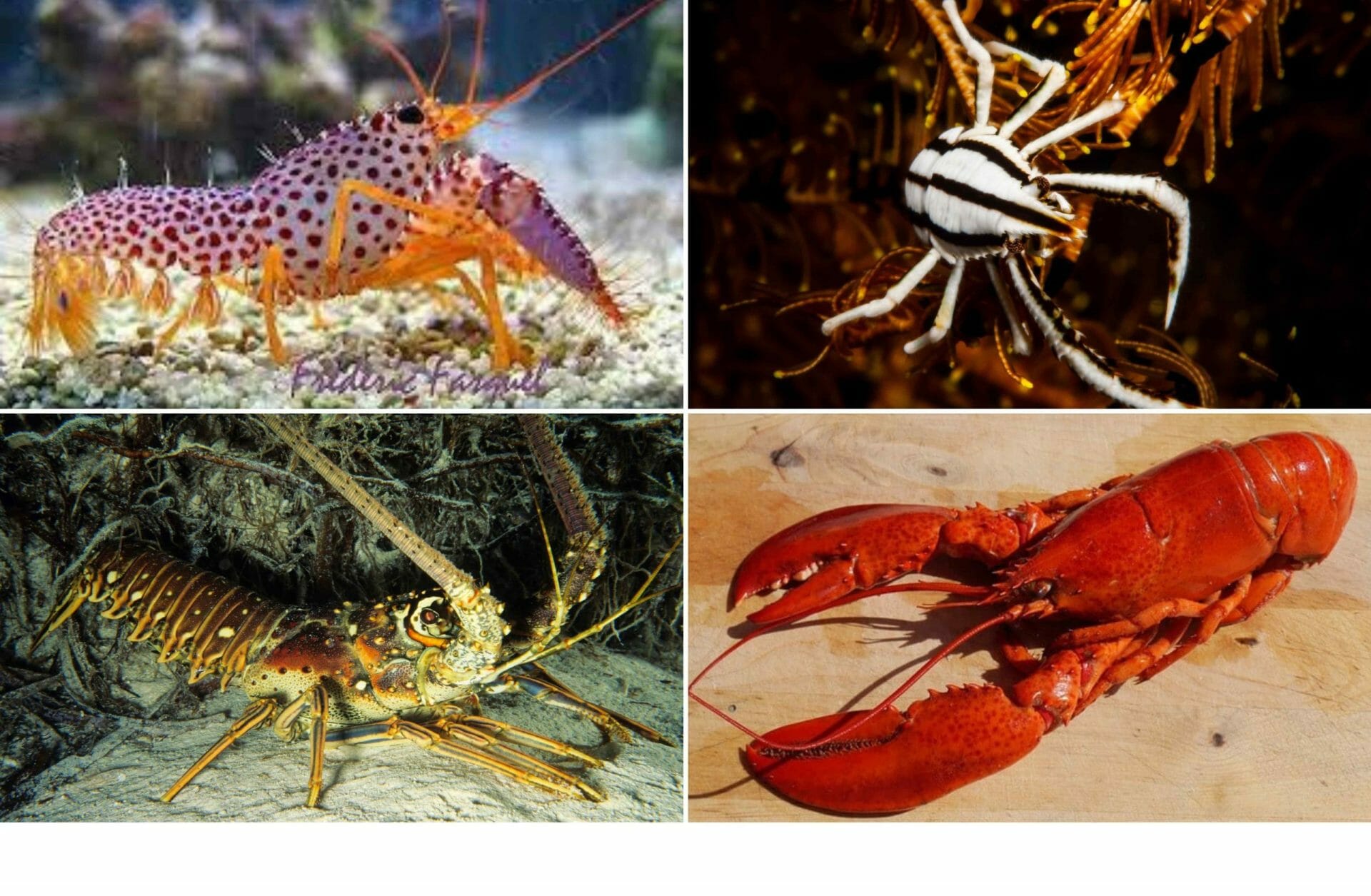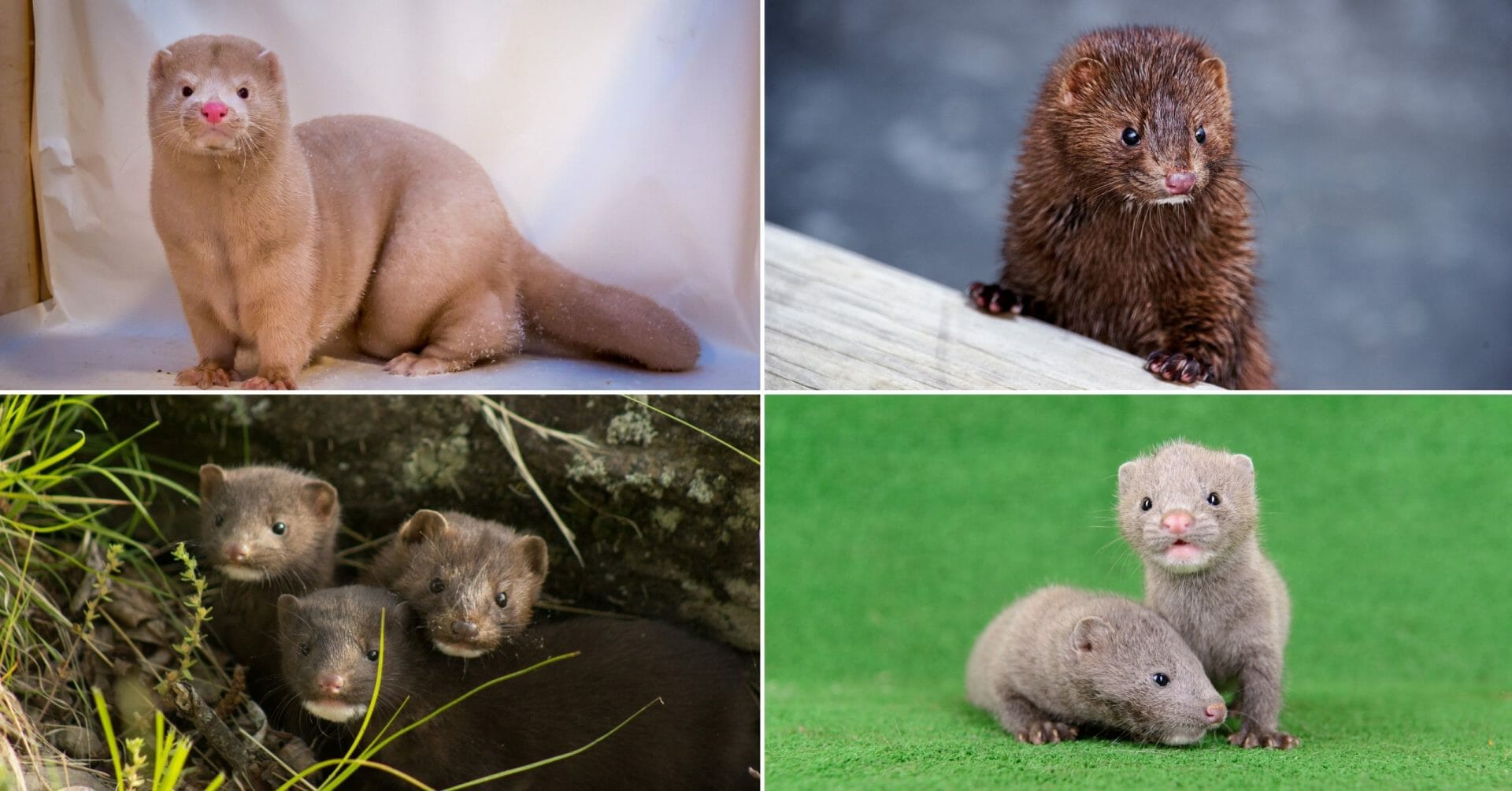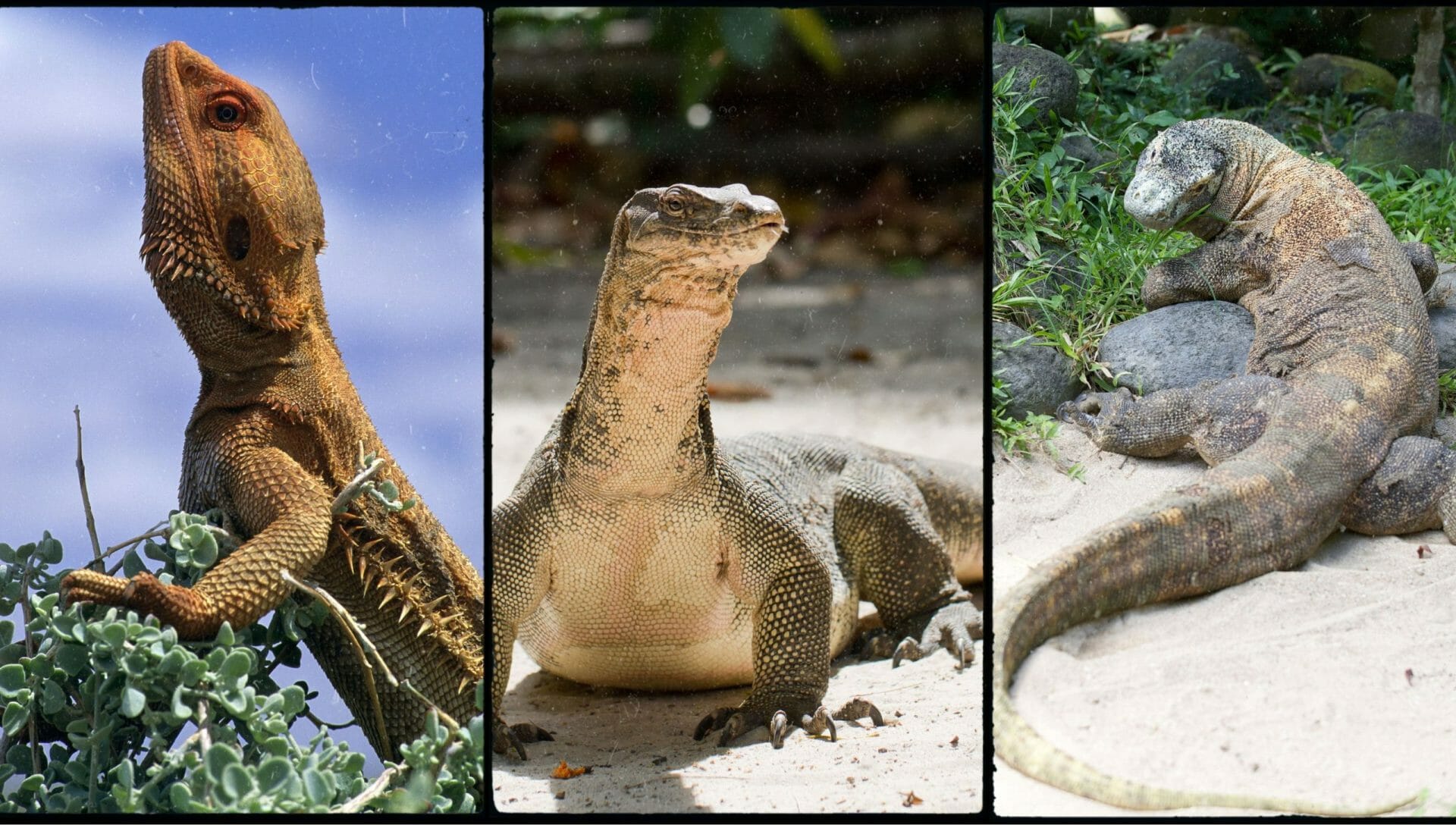Best Pet Monkey Breeds You Need to Know
No monkey makes a good pet, but some are downright awful. The following eight primates, however, are the best of the bunch when it comes to domestication. If you’re dead-set on keeping a monkey as a pet, you’ll want to pick one of these eight breeds. Below are the different best eight breeds of monkeys that are used as pets, you will get to know their features, pros, and cons.
1. Chimpanzee
Chimpanzees are primates, but they’re not monkeys, they’re actually apes. Chimps can stand nearly 5 feet tall and weigh over 150 pounds. By the age of 5, a chimp is already stronger than a grown man. If you’ve never seen a shaved chimp, then check out this video so you get an understanding of just how insanely muscled these primates are.
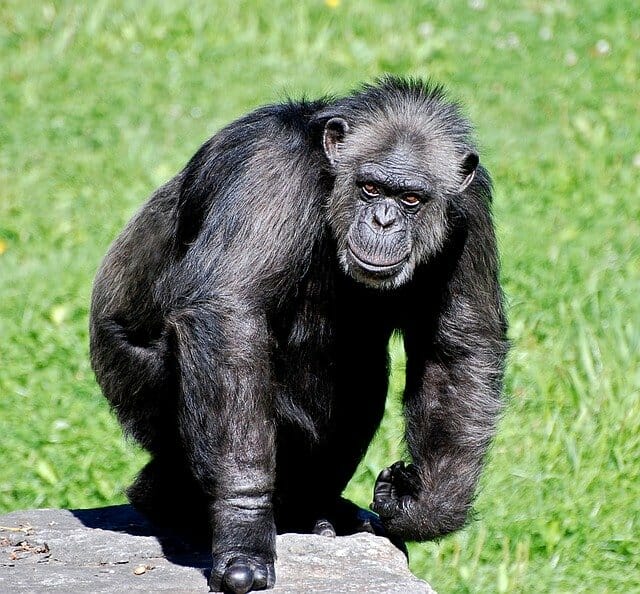
In captivity, chimps can live for up to 60 years, so if you get a pet chimp, you’ll have it for the rest of your life. Unfortunately, these primates are incredibly dangerous and have maimed and killed people in the past. Most chimps that are kept as pets are fated to wind up in a research lab.
2. Capuchin
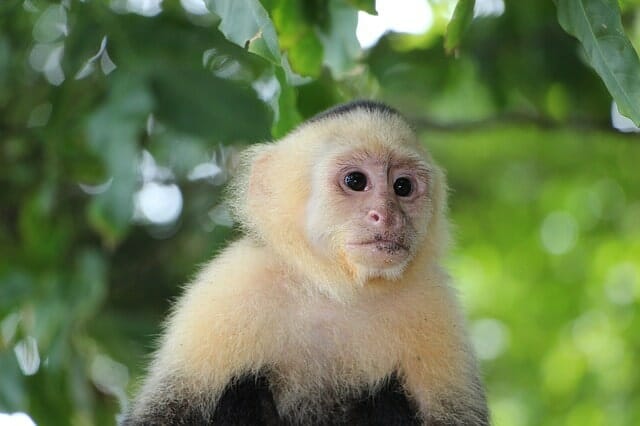
Capuchin Monkeys are much smaller than chimps, making them easier to care for and far less dangerous. Standing less than 2 feet in height and weighing less than 10 pounds, these monkeys aren’t big enough to rip off your face as a chimp could. Capuchins have an average lifespan of 25 years, so you’ll still have it for a long time, but it’s not the six-decade investment you’ll be putting into a chimpanzee.
3. Squirrel Monkey
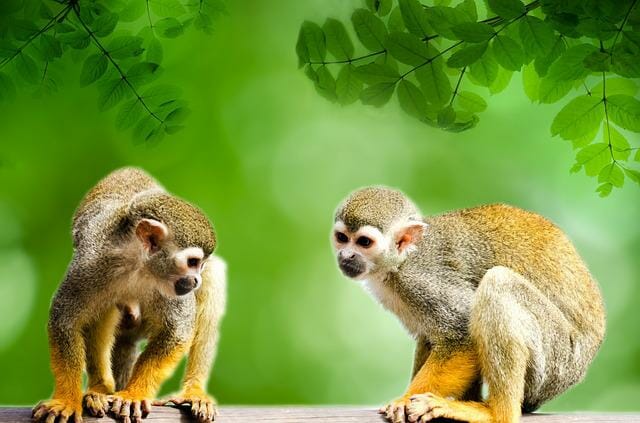
Squirrel Monkeys are on the smaller side of the spectrum, generally reaching lengths of just 10-14 inches without the tail. This monkey breed usually weighs just 1-3 pounds, but they’re incredibly active and acrobatic creatures that need a lot of space. They love to hang by their tails and swing across tree branches, so you’ll need a massive enclosure with lots of trees to satisfy a squirrel monkey. They’re known to be picky eaters though, so even though a squirrel monkey doesn’t eat as much as a chimp, you’re still likely to experience dietary difficulties.
4. Spider Monkey
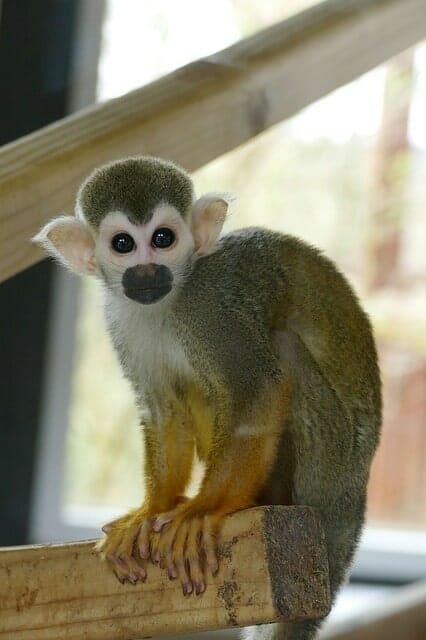
Spider monkeys are one of the few types of monkeys that most people can name. Unfortunately, even though they’re kept as pets, they’re incredibly messy! While most monkeys can be kept in diapers, spider monkeys commonly rip their diapers off and throw them around. Furthermore, spider monkeys are extremely social and need even more attention and interaction than most other monkey breeds. Without ample attention, spider monkeys are likely to become aggressive.
5. Marmoset
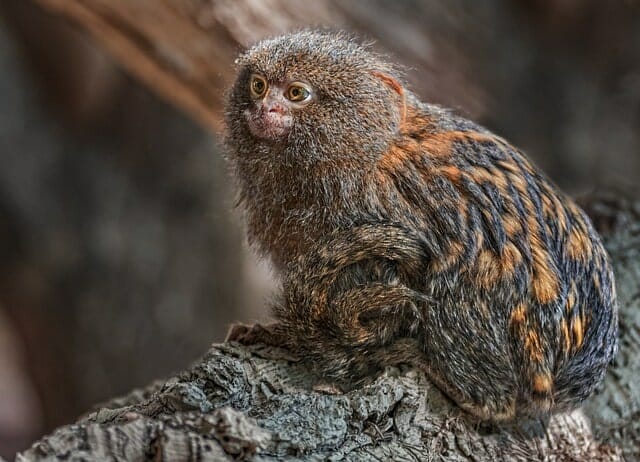
Monkeys are never quiet pets, but marmosets might be the loudest of them. When a marmoset feels neglected, it will yell and scream, ensuring that you don’t miss its displeasure. These primates have a shorter lifespan than many, topping out at about 20 years. There are several types of marmosets, and on average, they’re just 8 inches long, making them one of the more manageably-sized monkeys on this list
6. Guenon
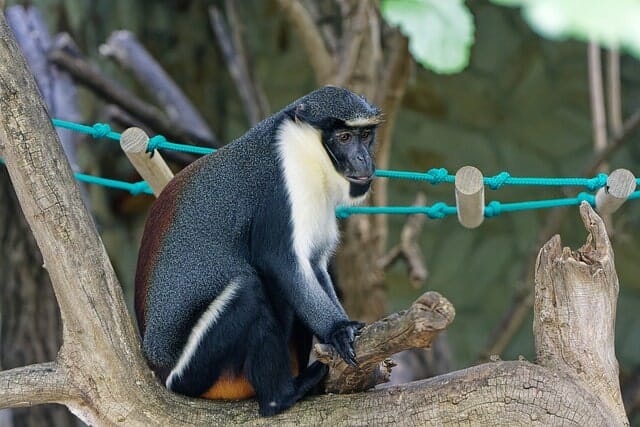
Guenons are medium-sized monkeys that are about 16-22 inches tall and weigh 5-15 pounds on average. They’re beautiful monkeys that display a wide range of colors, including red, green, and yellow. Interestingly, guenons have hairs that are each of two colors. There are more than 20 different types of guenons, with the vervet, grivet, and green monkey being the most popular pets.
7. Tamarin
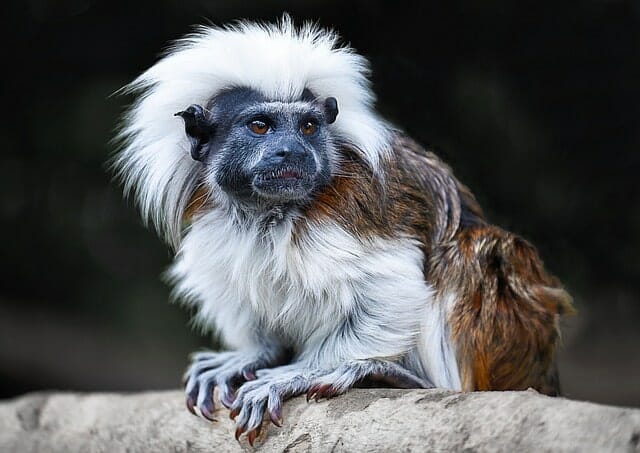
Tamarins are some of the smallest monkeys that you might keep as pets. They weigh less than a pound and live for about 15 years. You’ll only need about 7 square feet of living space for a tamarin, though they still require ample investments of time and energy.
8. Macaque

Macaques are moderately-sized primates that can weigh up to 40 pounds at the largest, though the smallest female macaques can weigh as little as 5 pounds. They require huge enclosures of 30 square feet or larger for a single monkey and will need to wear diapers for their entire lives.
However, there are some other monkeys that may not fit in pets. They can be listed below-
1. Finger Monkeys

The Pygmy Marmoset popularly known as the finger monkey is an adorable monkey breed that is so tiny that it grows only as tall as your fingers. They are, in fact, the smallest in the world and reach a maximum height of 5 to 6 inches. They have a hairy and expressive face with glowing eyes. Moreover, they are kept as pets in many countries despite their aggressive attitude. Essentially, they are extremely cute as infants but may cause trouble as they grow up.
2. Tarsiers
The Tarsiers are downright one of the most adorable breeds among monkeys. Their large yellow eyes are their most distinctive features. Their eyes are so huge that it seems like their eye sockets form the majority of their whole head.
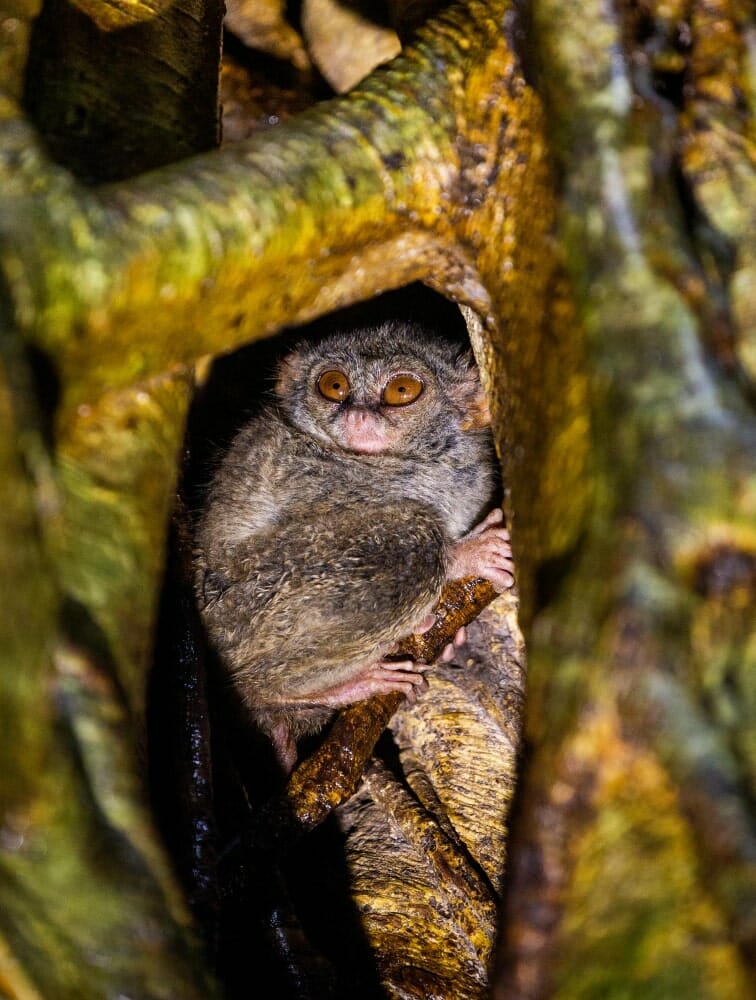
Tarsiers are usually very territorial and indulge in scent marking and other self-defense preparations. They’re also known to patrol their “marked” areas. Even though they’re only between 4 and 6 inches tall, they are very brave. Tarsiers have a long tail that is most often longer than their tiny bodies. Overall, they make for adorable-looking yet mildly aggressive monkeys.
3. Saki Monkeys
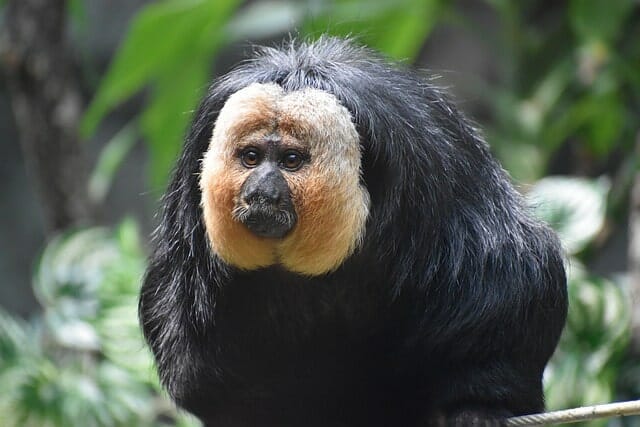
The Saki Monkeys are also called white-faced Sakis. You can find around 16 species of this breed in the rainforests of Southern and Central America, and sometimes even around forest and highway borders. Their diet consists of not more than fruits, insects, flowers, and leaves. Given their tiny height, they usually live in the trees for the majority of their lifespan.
However, sometimes they prefer going to the land to source food.
4. Howler Monkeys
Howler monkeys are a breed that features over 15 different species and further subspecies. They are usually between 22 and 36 inches tall and also feature cute round noses. Their most fascinating feature is their long tail. Howler Monkeys use their tails to grab nuts and fruits from trees.
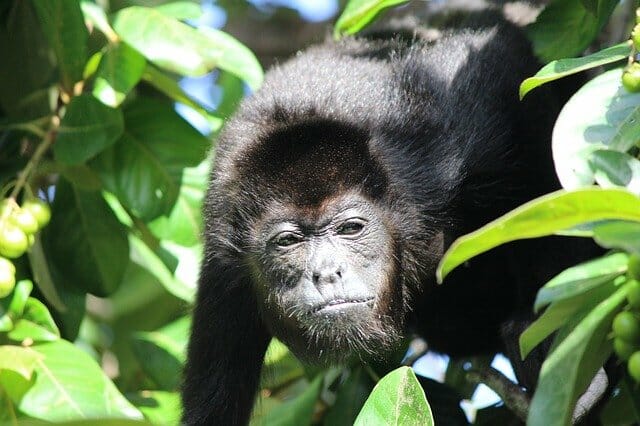
Moreover, their tails are strong enough to bear even body weight. This breed is usually found in large groups of 20 to 30 individuals who live together. Howlers are quite friendly initially but can start petty territorial fights and harm their counterparts.
5. Gibbons
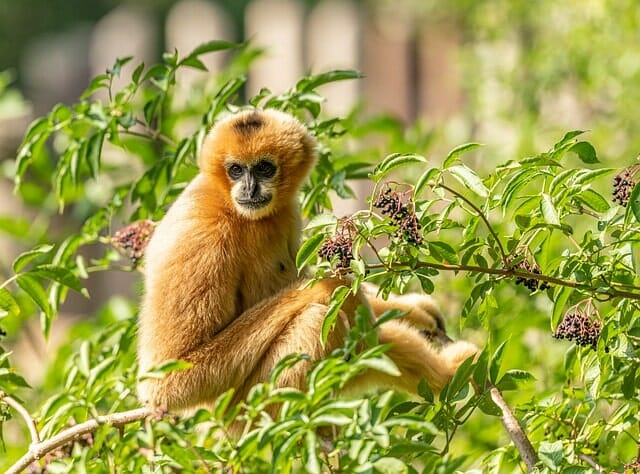
Gibbons species feature over 40 different species and subspecies, including some that have unfortunately gone extinct. These species are around 30 to 31 inches tall and very friendly and sociable by nature. Gibbons have a really loud voice and are found screaming most of the time. Essentially, this breed can be found only in the wild.
6. Vervet Monkeys
Vervet Monkeys are found in South Africa and have around five species. These monkeys are herbivores in nature and usually resort to eating plants and plain vegetation.
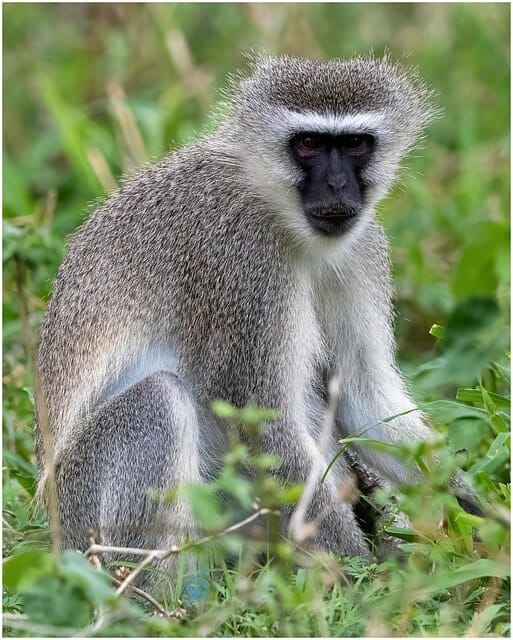
Vervet monkeys grow up to be as tall as 16-20 inches. This breed is also accustomed to living in big groups. They are distinguished by their family members based on their screams.
7. Golden Lion Tamarin
The Golden Lion Tamarin is a small monkey breed found in the rainforests of Central America. These monkeys are usually found living in very large groups of 40 to 50 individuals. This breed usually feeds on fruits, plants, and small insects. If you want to distinguish this breed from others, it’s an easy task.

Golden Lion Tamarins have a gorgeous yellow fur coat that makes their appearance as striking as ever. Plus, they have a lifespan of up to 20 years. Essentially, these tiny monkeys reach a height between 5 and 12 inches.
8. Night Monkeys
Night monkeys, also popularly called “Owl monkeys,” are around 25 inches tall and categorized into 2 species. This breed features large brown eyes that do not glow. Since they are nocturnal, they usually stir during the night and look for food in the forest.
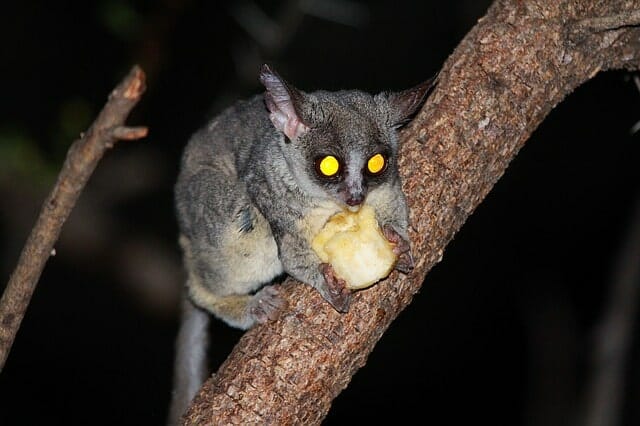
Night monkeys are found in South and Central America and adopted nocturnal to survive among dangerous predators. Furthermore, these monkeys are classified as New World Monkeys.
9. Titi Monkeys
The Titi monkeys grow between 10 to 22 inches tall and are classified into three varied species. Plus, they had three species that became extinct. These vibrant monkeys have adorable, furry tails that make them different from other monkey breeds.
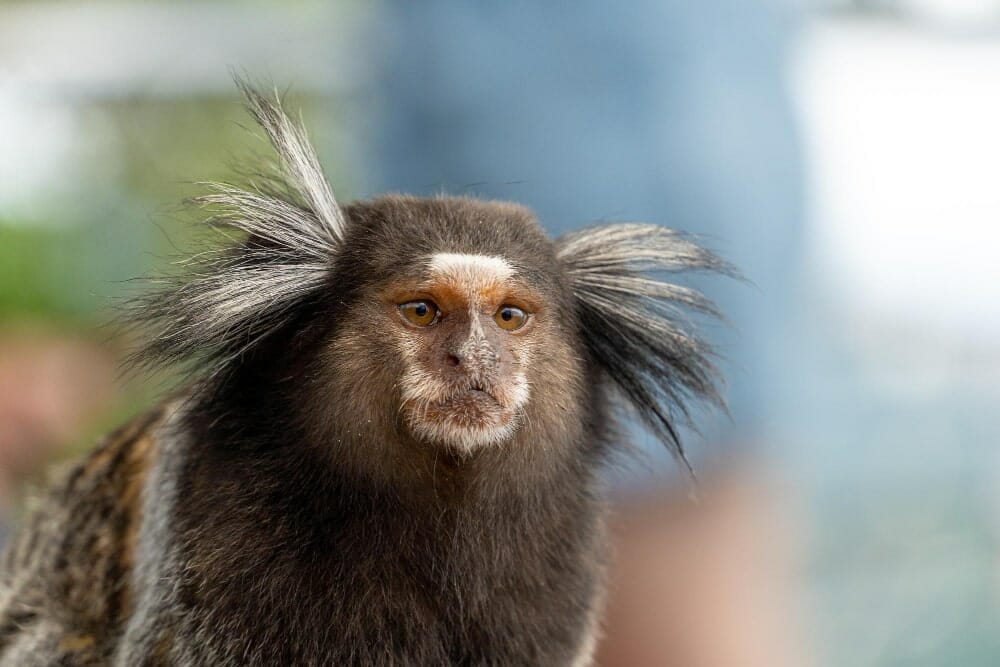
Since 2000, biologists have discovered plenty of Titi monkey species, especially in the Amazon forests. These tree-dwellers love the forests and usually survive on plant produce. Furthermore, they are wild and not suitable for domestication due to aggressive traits outside of primate groups.
Are Monkeys Good as Pets?
Monkeys are adorable creatures, especially the ones you can keep as pets. As irresistible as baby monkeys seem, they’re not as childish, playful, and sweet when they grow into adults.
Being infants, monkeys may seem like great pets, but there are several concerns about adopting them as they approach adulthood. Even though well-trained and cared for pet monkeys can live for long, they pose these primary challenges.
What are the Legal Challenges of Monkeys?
Monkeys are not widely domesticated and are usually found in the wild. Moreover, many countries have declared it illegal to keep monkeys as pets. Even in countries where they may be legal, you need tons of paperwork and permits.
Legal pet monkey owners are also required to undergo several inspections. They may also need many insurance covers to ensure that they’re not held liable if their monkey attacks or bites someone. The lack of such permits and insurance puts you and your family at legal risk, which is quite unnecessary.
What are the Behavioral Challenges of Monkeys?
Sweet infant monkeys are almost like human babies when they’re born. They’re innocent and highly dependent on your care. However, as they grow up, they become fiercely independent and wild. Simply put, they start embracing their instincts. If you deprive your pet monkeys of normal wild adulthood where they are exposed to social relationships with those of their kind, it may lead to more harm than good. Monkeys don’t change their true nature and can quickly transition into aggressive wild animals.
Pet Monkeys can start biting or attacking as a means to fight for freedom. Moreover, monkey bites are excruciating and can lead to severe injuries. Even as the one having raised the pet monkey, you’re at an equal risk of being attacked.
What are the Medical Challenges of Monkeys?
Monkeys may be born wild and strong, but they are also susceptible to a range of diseases. Plus, we are at constant risk of getting diseases from them too. Known as zoonotic diseases, these usually transmit from primates to humans with prolonged contact.
If you own a pet monkey, finding a vet who is open to treating monkeys is rare and extremely challenging. Hence, keeping a pet monkey can be quite challenging mentally.
What are the Financial Challenges of Monkeys?
Monkeys cannot simply stay in your homes. They need enclosures that are robust and secure. However, you need to shell out a lot of money to construct and maintain these.
Moreover, you also need to invest in their nutrition, entertainment, medical treatment, cleanliness, and more. Overall, monkeys are expensive to maintain in a domestic setup. Most healthy monkeys live for over 20 years.
Thus, it is quite a long-term commitment to keep them as pets.
What is the Diet and Lifespan of Monkeys?
Human physical energy is directly proportional to the food we consume. Well, for primates like monkeys, diet and overall health play a similar role in their lifespan. Monkeys live in the wild, learn to source their meals, and are thus far more independent than pet monkeys. Usually, monkeys can be seen consuming nuts, seeds, flowers, and fruits.
However, being omnivores they consume meat from insects and reptiles as well. Domestic monkeys have a comparatively, simpler food routine. They eat what they are fed and rarely experiment with wild feed.
Well, a well-cared-for pet monkey is quite fit and relaxed. It does not have any threats from wild animals and is perfectly safe in its homely atmosphere. Thus, it can easily survive between 20 and 30 years. Essentially, monkeys are gifted with a long lifespan free from too many health troubles.
Related Posts
- Why Do Dogs Lick Your Feet?
- Best Pet Monkey Breeds You Need to Know
- 15 Best Pocket Pets for Companionship
- 20 Awesome Brown Cat Breeds You Should Know
- Why Does My Dog Lick Me All the Time?
- How Long Does a Cat Hold a Grudge?
- What Colors Can Dogs See?
- Why Do Dogs Roll in the Grass?
- How Long Does a Cat Hold a Grudge?
- Keeping Moths as Pets (All You Need to Know)
